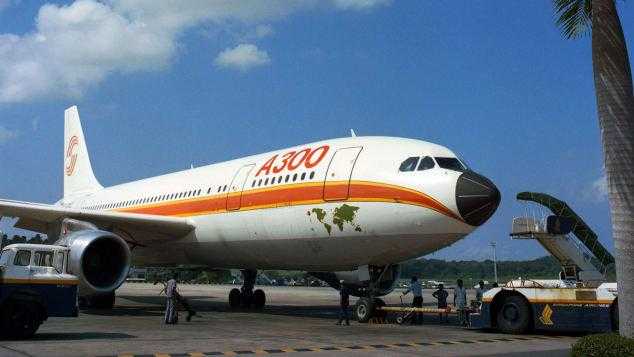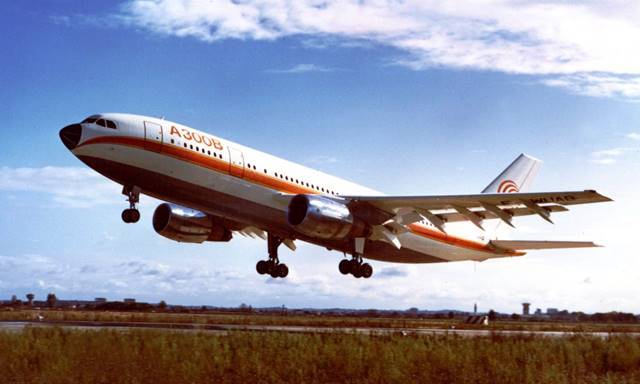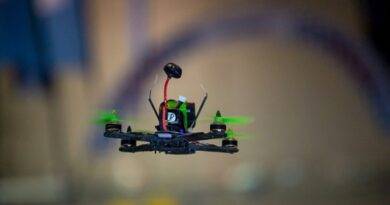The Airbus A300: Pioneering Twin-Engine Widebody Flight
The world’s first twin-engine wide body aircraft, the A300, was developed by Airbus in the 1970s. It was designed to meet the increasing demand for air travel and to compete with the established aircraft manufacturers such as Boeing and McDonnell Douglas.
The A300 was built with advanced technologies, including a wide-body fuselage that allowed for increased passenger capacity and improved fuel efficiency. It was also equipped with a state-of-the-art flight control system and a high-performance engine that provided superior reliability and performance.
Fuel Efficiency Champion of its Time
The A300 wasn’t just about two engines; it embraced cutting-edge technology for exceptional fuel efficiency. Its composite empennage and advanced wing design reduced drag and boosted range, making it a true economical powerhouse.
Spacious Comfort, Not Just for Passengers
While the 247-passenger capacity was impressive, the A300’s widebody also benefited cargo operators. Its cavernous hold offered 34% more cargo volume than comparable narrow-body aircraft, revolutionizing airfreight.
Airbus A300 Specifications
| Feature | Value |
|---|---|
| Length | 54.08 m (177 ft 5 in) |
| Wingspan | 44.84 m (147 ft 2 in) |
| Cruise Speed | 880 km/h (479 kn, 547 mph) |
| Range | 5,400–7,500 km (2,900–4,050 nmi) |
| Engines | 2 x General Electric CF6, Pratt & Whitney JT9D, or Rolls-Royce RB211 |
| Max Takeoff Weight | 141,000–172,000 kg (311,000–379,200 lb) |
| Passenger Capacity | 250 (typical), 345 (max) |
| Cargo Capacity | 46.6–49.6 m³ (1,646–1,747 ft³) |
“On October 28, 1972 the world’s first wide-body twin-engined commercial aircraft, the A300B1 development aircraft, MSN 1, bearing the registration F-WUAB, performed its maiden flight in Toulouse, taking the first steps towards changing the face of modern aviation.”(Airbus). Then the A300 was first introduced into service in 23 May 1974 with Air France and quickly became a popular choice for airlines around the world. It was widely used for both passenger and cargo transport and was even adapted for military use.
Despite the emergence of newer aircraft models, the A300 remained in production for over 30 years and was considered a groundbreaking achievement in the aviation industry. Its success paved the way for the development of other twin-engine wide body aircraft such as the A310 and the A330. Production of A300 ceased in July 2007 after 561 deliveries.

Overall, the A300 revolutionized the way people travel and helped shape the modern aviation industry. Its innovative design and advanced technologies set the standard for future aircraft development and continue to influence aviation today.
References and Further Reading:
- “Airbus A300.” Airbus, www.airbus.com/aircraft/passenger-aircraft/a300/.
- “A300 Family.” Airbus, www.airbus.com/aircraft/passenger-aircraft/a300/a300-family/.



